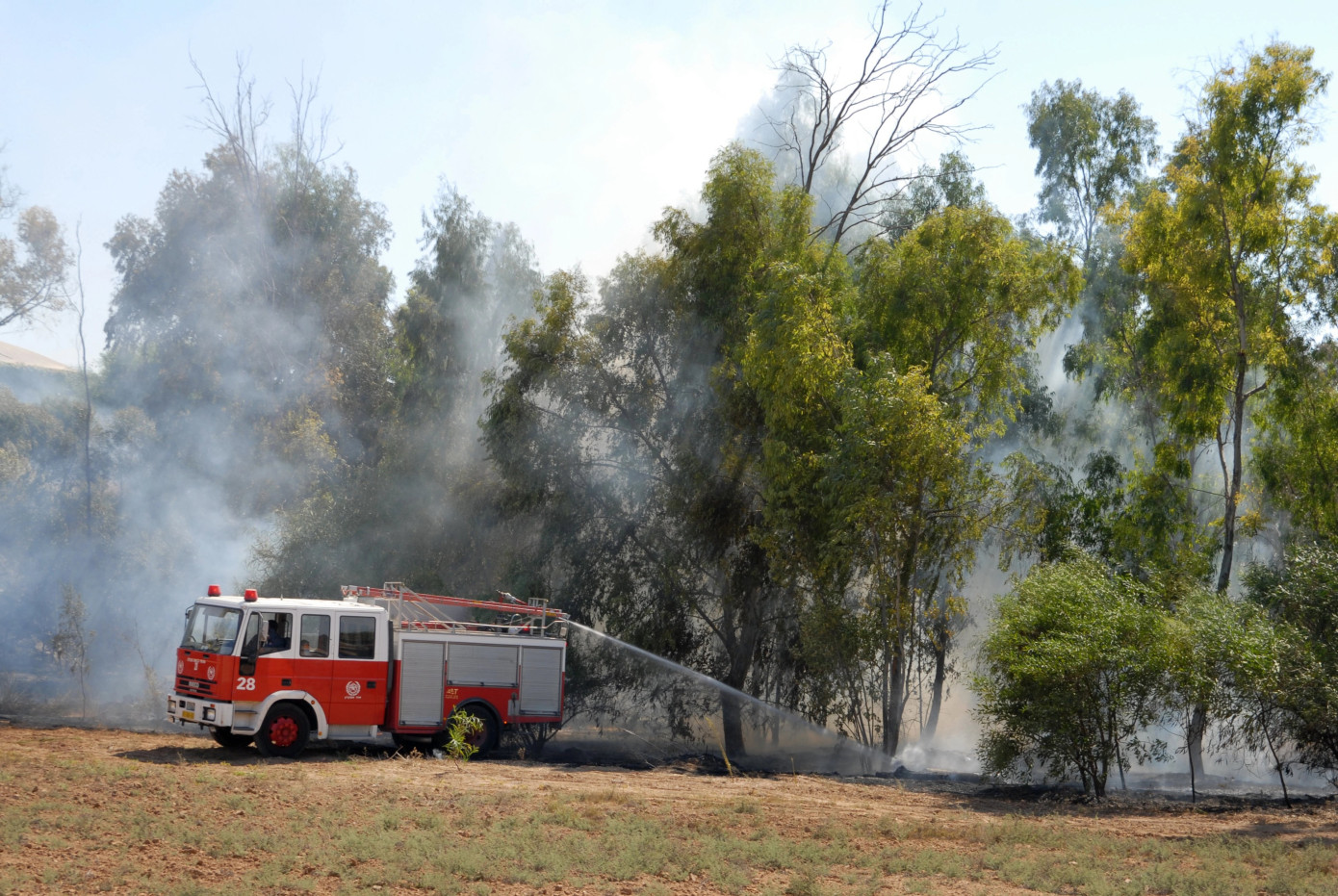Federal agencies responsible for managing wildfires receive new guidance from Agriculture Secretary Tom Vilsack and Secretary of the Interior Deb Haaland, focusing on investments from President Biden's Investing in America agenda. The goals include reducing wildfire risk, restoring ecosystems, post-fire recovery, supporting the wildland fire workforce, and making communities more resilient to fires.
“Our wildland firefighters and employees who support forest health have proven time and time again that they can deliver on our efforts to confront the nation’s wildfire crisis,” said Agriculture Secretary Tom Vilsack. “Whether they are suppressing wildfires or reducing hazardous fuels to lower wildfire risk to communities, they are always there on the frontlines. We need Congress to act now to provide them with the permanent pay fix they need and deserve. We also need Congress to double down by adopting President Biden’s Investing in America Agenda and provide us with a budget that provides a permanent pay increase for our wildland firefighters, expands firefighter health and wellbeing, improves work-life balance, and improves housing they can afford in the communities they serve” .
In 2023, the Agriculture and Interior Departments completed 6.85 million acres of hazardous fuels treatments to reduce excessive vegetation that fuels wildfires. These efforts are restoring fire-adapted ecosystems and reducing high-severity wildfire risks. Increased funding from President Biden’s Investing in America agenda will continue to support collaborative fuel treatments across public, Tribal, and private lands in 2024.
This year, the Departments aim to employ over 17,000 wildland fire personnel to support communities increasingly impacted by wildfires. Efforts focus on increasing support for personnel, improving recruitment and retention, and creating a sustainable workforce to address the growing climate crisis.
Firefighter pay supplements introduced in 2021 provided the first significant pay increase for federal and Tribal wildland firefighters in decades. Funded through the Bipartisan Infrastructure Law, these supplements have benefited almost 16,000 Forest Service and nearly 5,600 Interior Department wildland firefighters with more than $560 million in temporary pay. However, without congressional action, firefighter base salaries will revert to previous levels—$15 per hour in some cases—by October 2024. Achieving a lasting pay increase remains a top priority for both Departments.
The Departments are developing a comprehensive program to address the mental and physical health impacts of working in wildland fire environments. This includes expanding support for mental health, physical health, and readiness, and mitigating occupational and environmental hazards.
The updated National Cohesive Wildland Fire Management Strategy will provide a uniform framework for wildfire response and risk mitigation, strengthening partnerships and enabling cross-jurisdictional efforts to address climate change and increasing wildfire activity.
Recommendations from the Wildland Fire Mitigation and Management Commission, created by the Bipartisan Infrastructure Law, guide the Departments' approach to transforming wildland fire management. The Commission's report to Congress last fall included 148 recommendations for shifting wildfire response from reactive to proactive, building sustainable solutions, and creating resilient communities and landscapes.
In 2023, about two-thirds less area burned compared with 2022. However, devastating wildfires still caused significant impacts, including civilian deaths and infrastructure losses. In 2024, increased wildfire potential is expected in several areas. Wildland firefighters continue to work under extreme conditions to save lives and protect communities and resources from wildfires.
